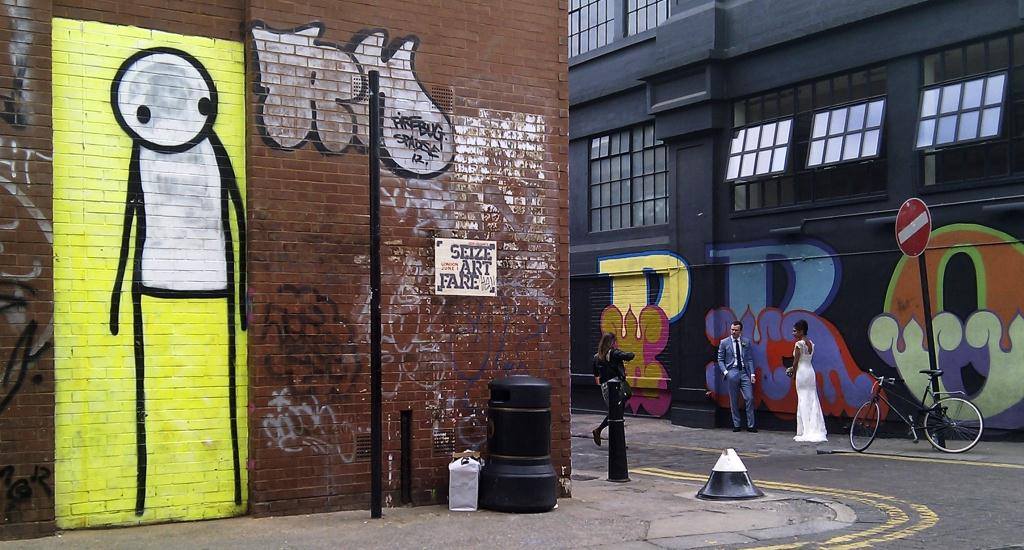The well known saying “one picture is worth a thousand words” might be right as far as the power of the image is capable of exposing a common experience to full view or bring back to memory critical historical moments, but in terms of writing, the same saying could easily be reversed; one could claim that thousand pictures are needed in order to compose a page: The fictional world is made up of a number of smaller worlds, which may be hardly visible, it is being built slowly and persistently, it needs time, effort, combination skills and the ability to choose the suitable material.
When we read a work of fiction, we tend to reconstruct in our minds the world the writer is leading us. The credibility of the text, as well as the reader’s engagement and pleasure that he or she gets by reading it, depend mostly on the writer’s ability to bring to life ideas, characters and the atmosphere by using imagery.
Despite anything else, writing is a visual art. Especially now where we are being overstuffed with images, the streets of our cities are like endless canvases, where stories are written with graffiti, stencil, clever witty comments are spread everywhere and sometimes we even come across to original work of art with a sophisticated style and depth. The outdoor places offer plenty of material, ideal for the writer’s use, if he or she learns how to take what is needed and incorporate it to his/ her text. In short, if the writer manages to train his/her eye and learn the way to “construct” a unique image out of trivial events, he might as well “translate” it into words.
“The use of the photography in creative writing” is a seminar of creative writing combined with the dynamic use of photography. Using especially designed exercises you will be taught to:
1.To spot those images that could provide the necessary background in order to start building your our own fictional world, images that could help bring up a motif or unexpected aspect of the theme you are working on, invisible to the naked eye.
2.You ’ll learn to read and decode your own photographs. Decide about the place where your story is going to be set, take pictures of it and discuss them it with other members of the group.
3.You’ll learn to spot parts of different works in literature where images are used and how those images are turned to motifs, how they support the plot, and how they help to construct unforgettable characters, who are capable of finding their way to collective unconscious.
You learn how to see the world, art and everyday life as a writer. To spot the allusions, the hidden hints, the ambiguities, the subplots, the unconscious structures and impulses that are spread in world that surrounds you. Using your own photographs and those of the other members of the group or by watching parts of movies, you will be trained to build the atmosphere, to create characters, to write vivid dialogues, plot twists, depict places and feed your writing with lively metaphors and powerful scenes.
The aim of the seminar is to find and abstract ideas, scenes, dialogues, the material needed and translate them into words, in order to compose your own stories, which could be turned into a novel.
photo by Argiro Mantoglou


Leave A Comment